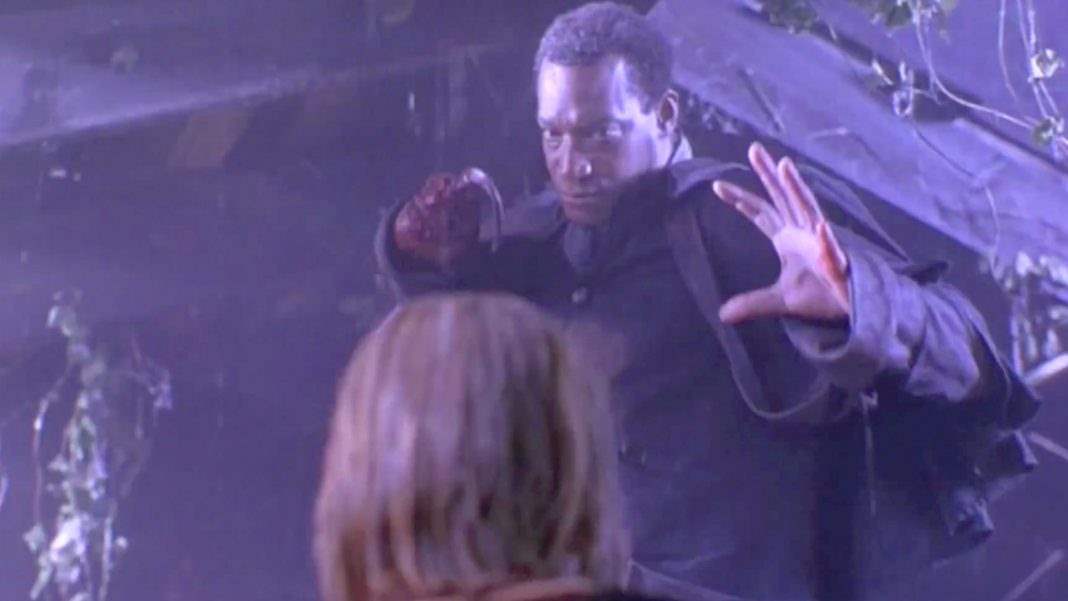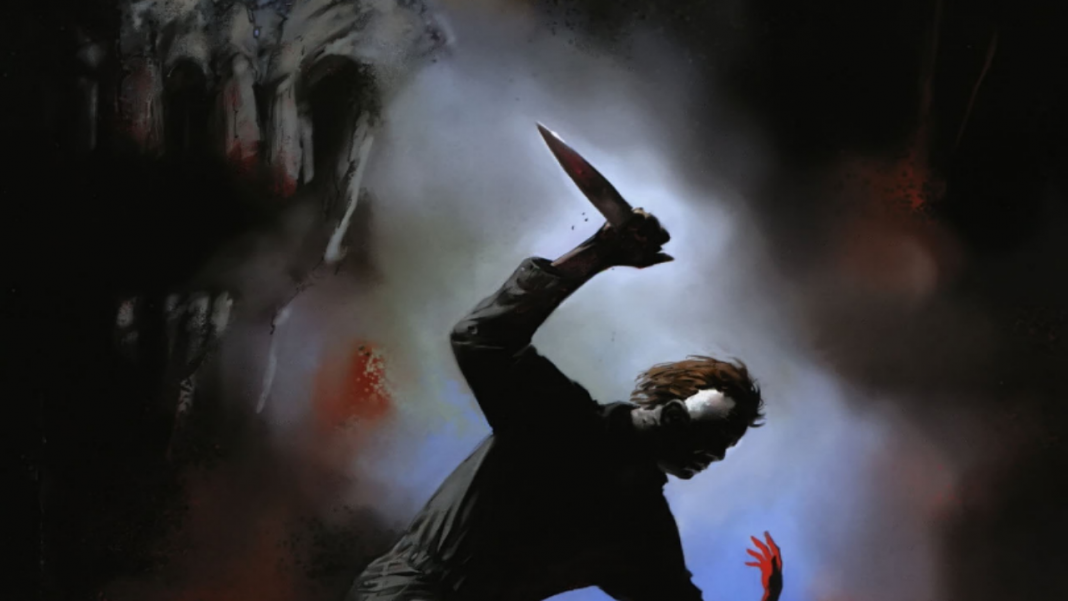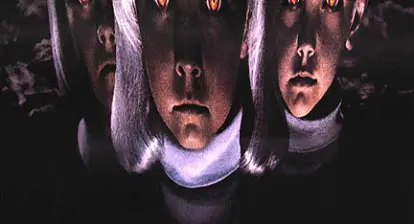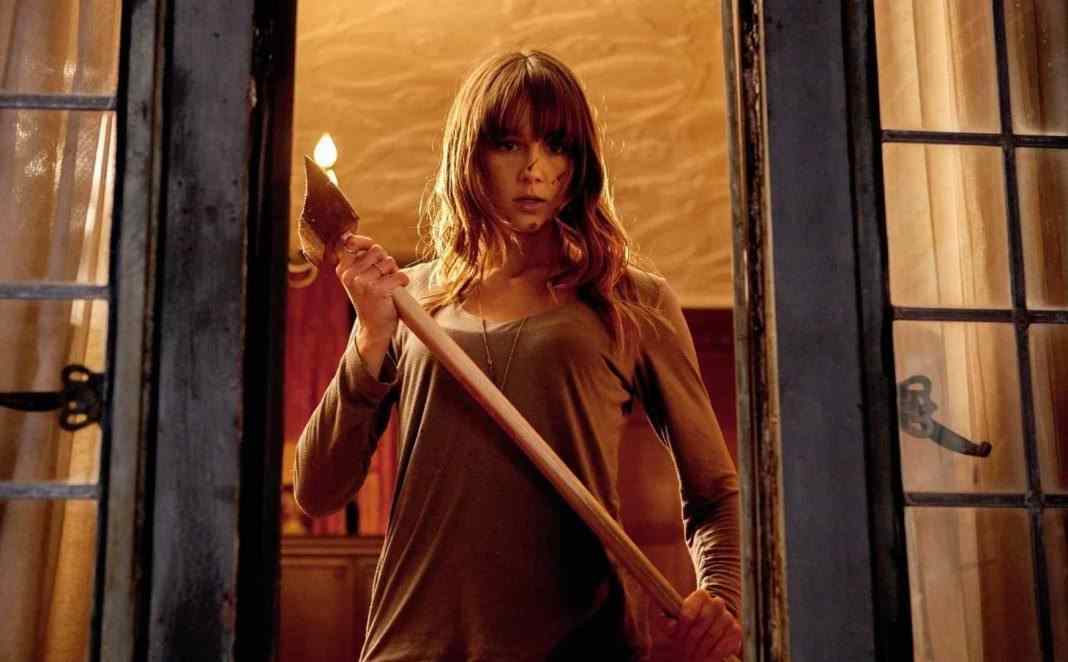One of the most endearing stories from the revered H.P. Lovecraft, At the Mountains of Madness is a story that horror fans have long dreamed of seeing on the screen. At the length of a novella, it’s one of Lovecraft’s longest works and therefore one of the most suited to adaptation. The story tells the tale of a small Antarctic expedition that discovers an ancient alien city buried under the ice.
Most of the features based on the author’s work have been small, independent productions. But even though At the Mountains of Madness is certainly a tense and claustrophobic premise, it would require a hefty budget to effectively pull off.
This, ultimately, is what proved to be the project’s downfall. But it began as a passion project for acclaimed director Guillermo Del Toro, a story that seemed tailor-made for his unique approach and visual style. His vision for At the Mountains of Madness would finally be the big-budget cosmic horror that Lovecraft fans had always dreamed of seeing. It was something he had the upmost faith in. Something that he even know wishes he could make.

Still, it looked like the film was picking up steam and was even a sure thing in 2010 when it was announced that James Cameron would be producing the picture and that it would star Tom Cruise. Both of these elements would help to sell Universal on the overall concept. Cameron even put his own money into the project. The movie was edging closer and closer to production, but there were compromises that had to be made almost every step of the way.
At the Mountains of Madness was long thought to be unfilmable and, at this point, it’s very easy to see why. It’s not a known property, it requires a massive budget to appropriately pull off, features a small crew of only men… this is not a moneymaker by modern standards. It’s also brooding, nihilistic and gory as hell. This last part proved to be the last straw for Del Toro and Universal.
 For this movie to have any hope of success both nationally and internationally, it needed someone like James Cameron—still the highest grossing director of all time—as producer and it needed Tom Cruise as the star. These things made sense, but the one thing Del Toro would not waver on was the film’s rating. Universal, unsurprisingly, wanted to make the film PG-13. Del Toro insisted that it needed to be rated R.
For this movie to have any hope of success both nationally and internationally, it needed someone like James Cameron—still the highest grossing director of all time—as producer and it needed Tom Cruise as the star. These things made sense, but the one thing Del Toro would not waver on was the film’s rating. Universal, unsurprisingly, wanted to make the film PG-13. Del Toro insisted that it needed to be rated R.
Given that this was a big, cosmic, existential action-horror based on a completely unknown property, the only hope of it having any kind of mainstream box office success would have been a PG-13 rating. When that was a bridge that seemed like it was never going to be crossed, Universal declined to green light the project and so it never saw the light of day.
Del Toro has claimed over the years, even in recent interviews, that he would still love to get the picture made. In a 2013 interview, he said “I’m going to try one more time. Once more into the dark abyss. We’re going to do a big presentation of the project again at the start of the year and see if any studio’s interested. Yeah, Tom Cruise is still attached. I think it would be fantastic to make it with him. He’s been such a great ally of the project.”
We would all love to see it. But it grows more and more unlikely with each passing year, each interview in which he brings it up seems to sound more and more nostalgic. And truthfully, it was never all that likely to begin with.






